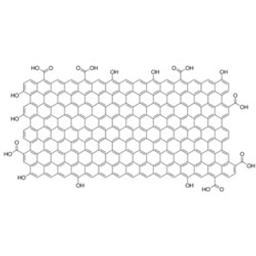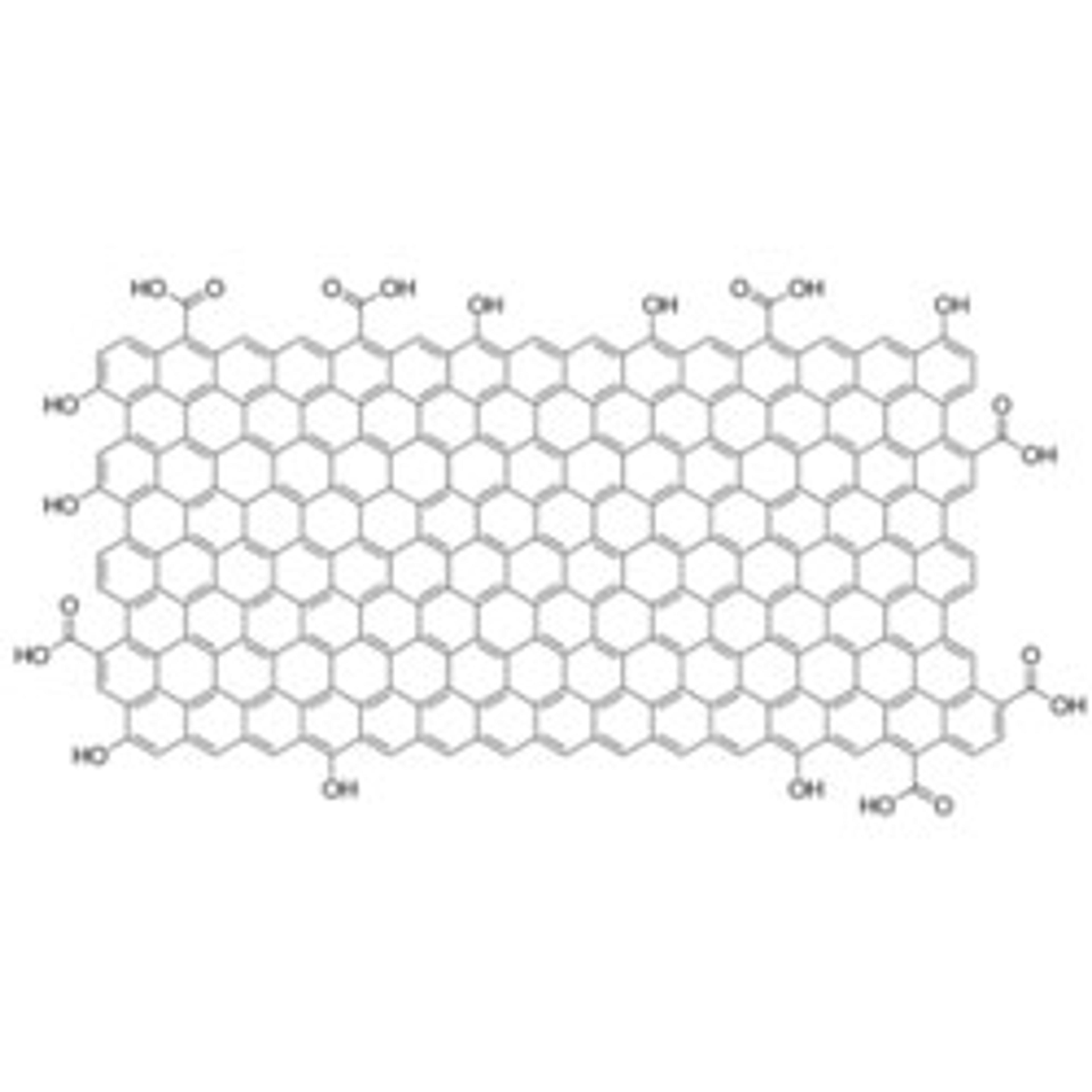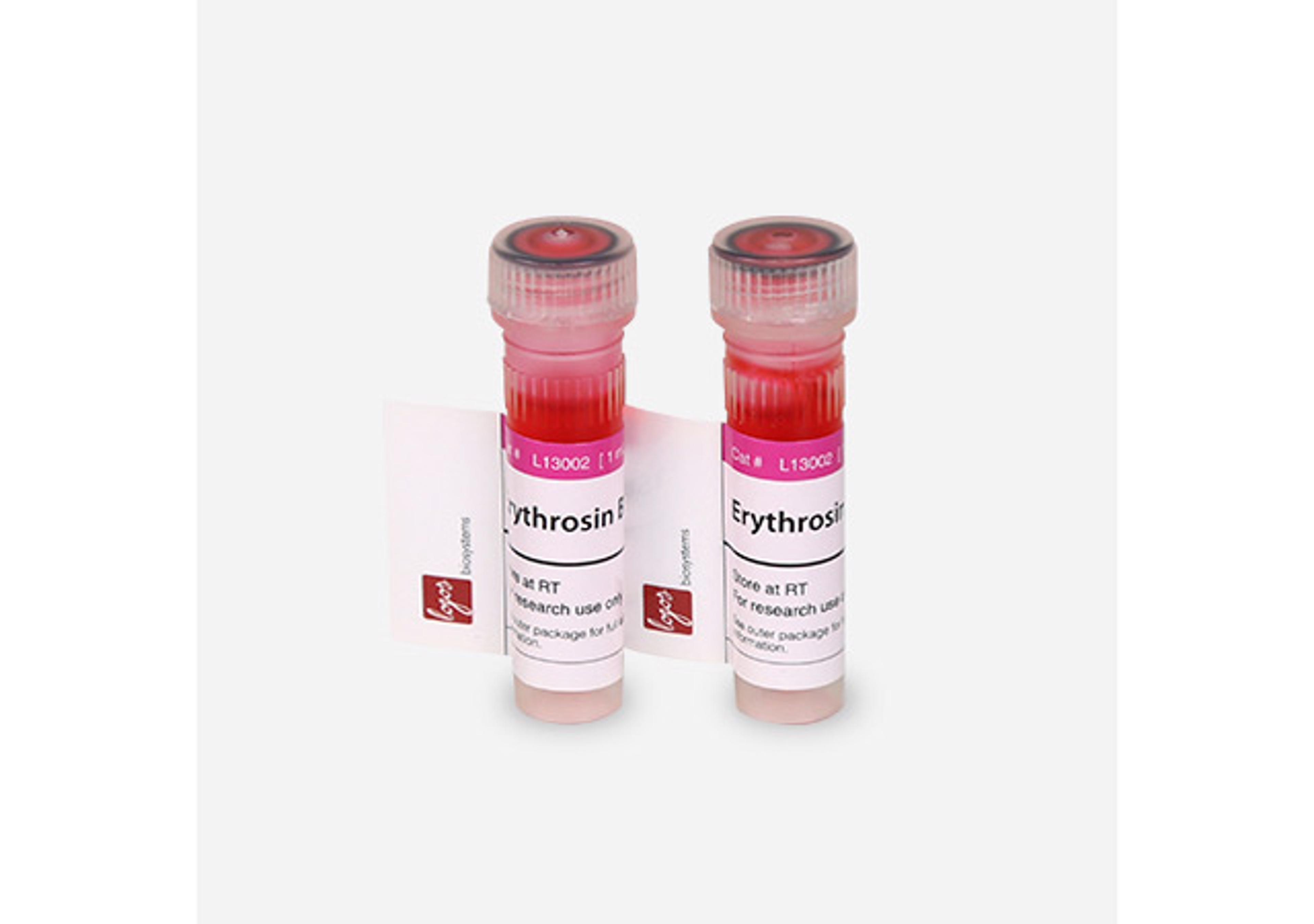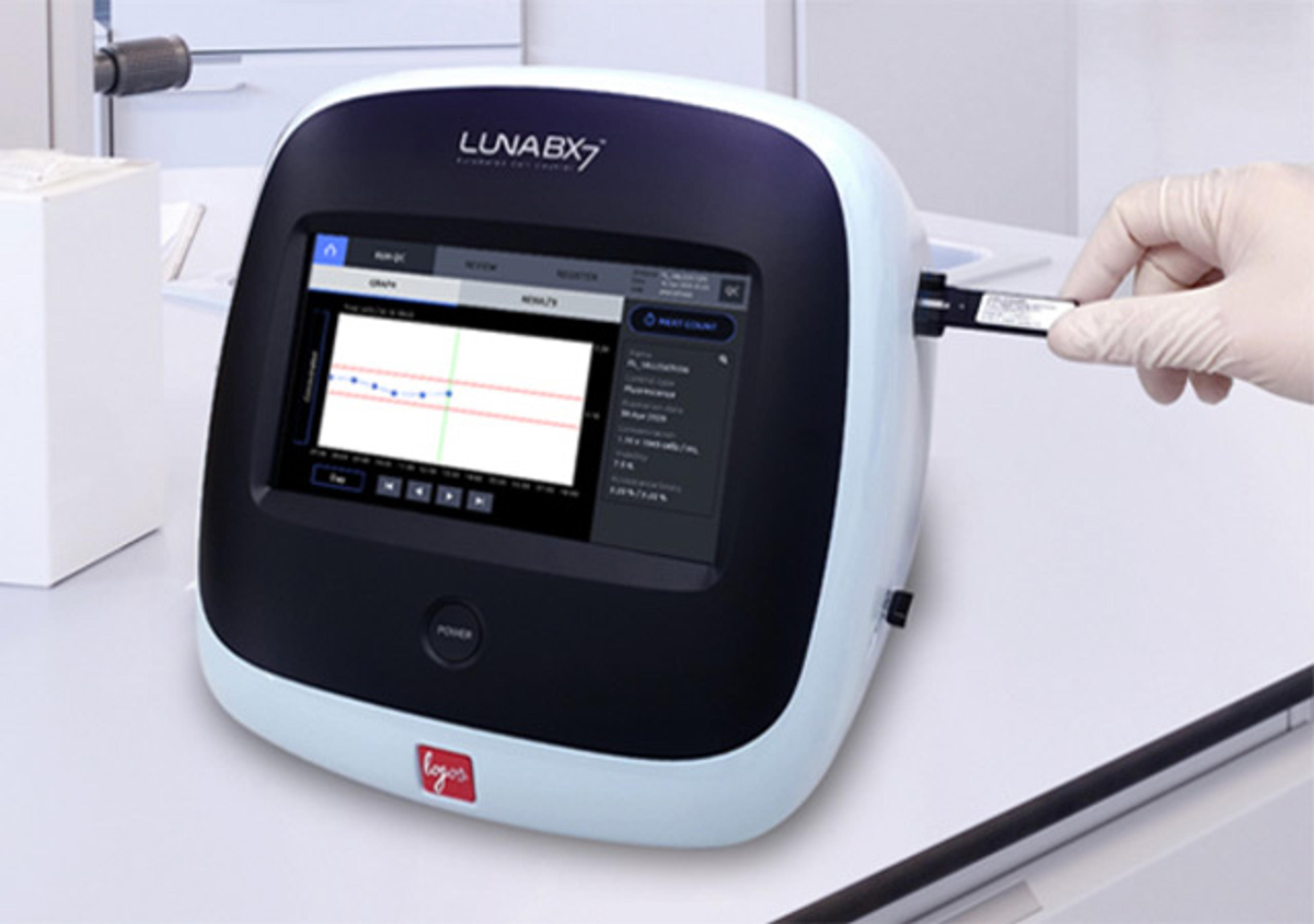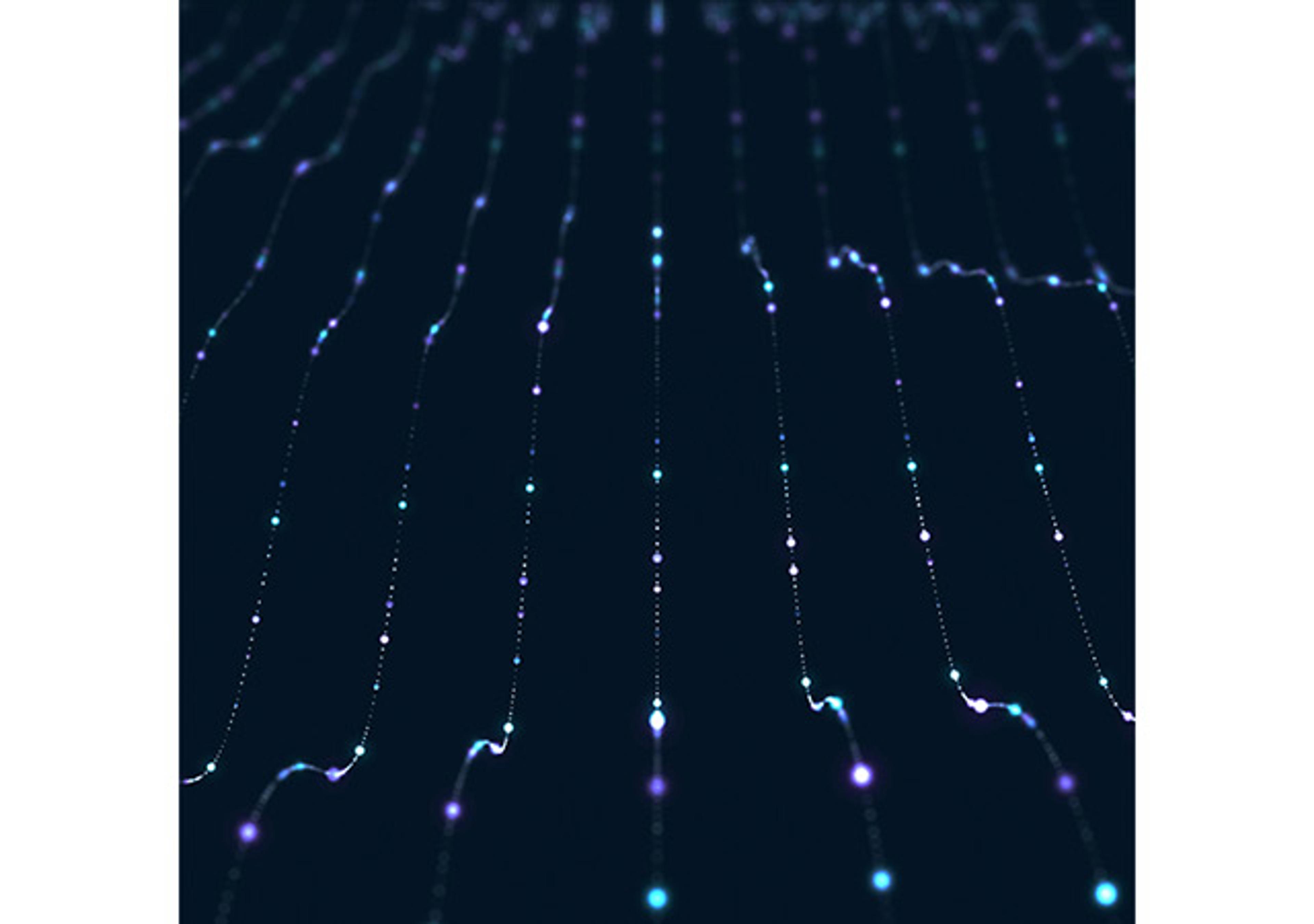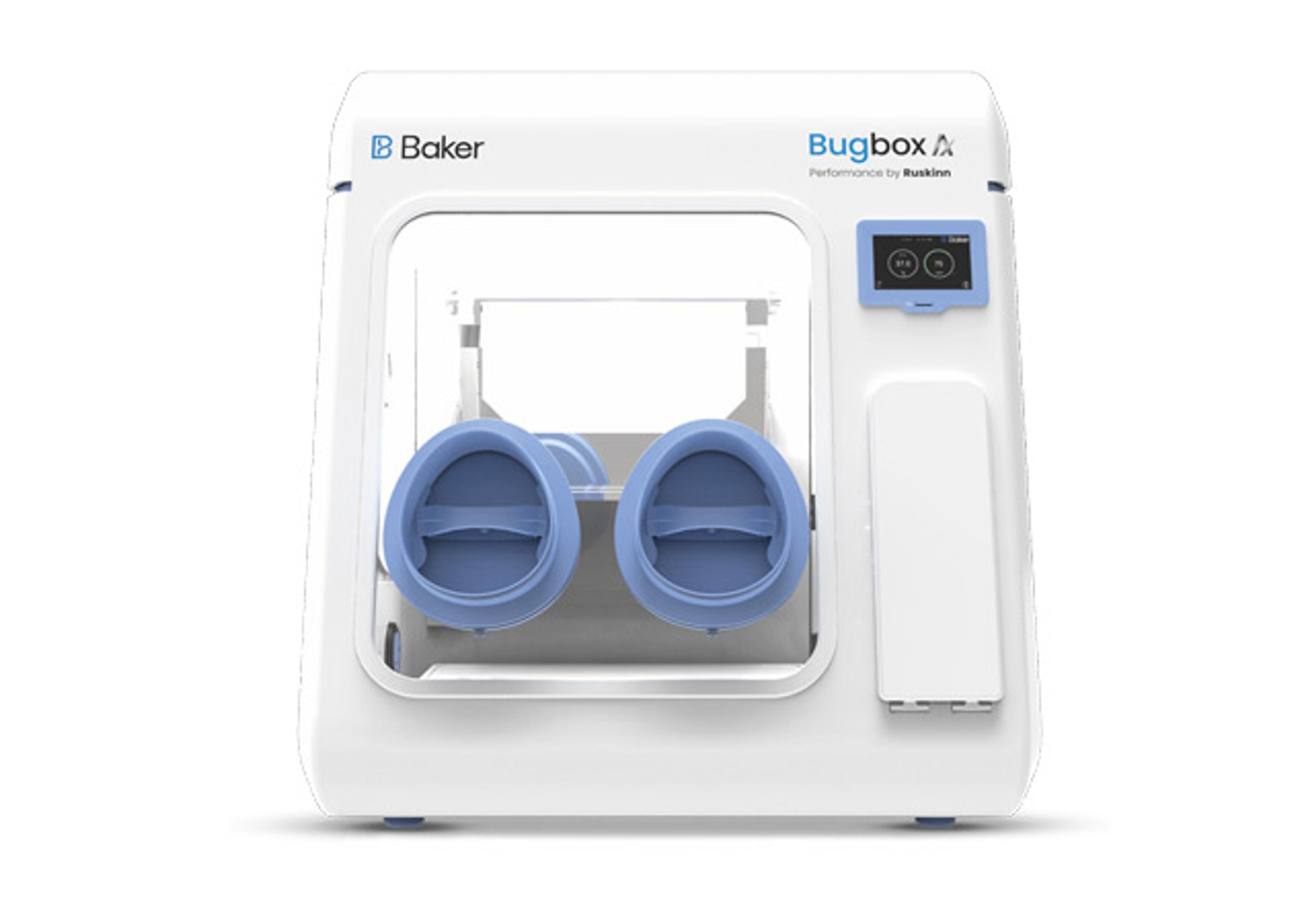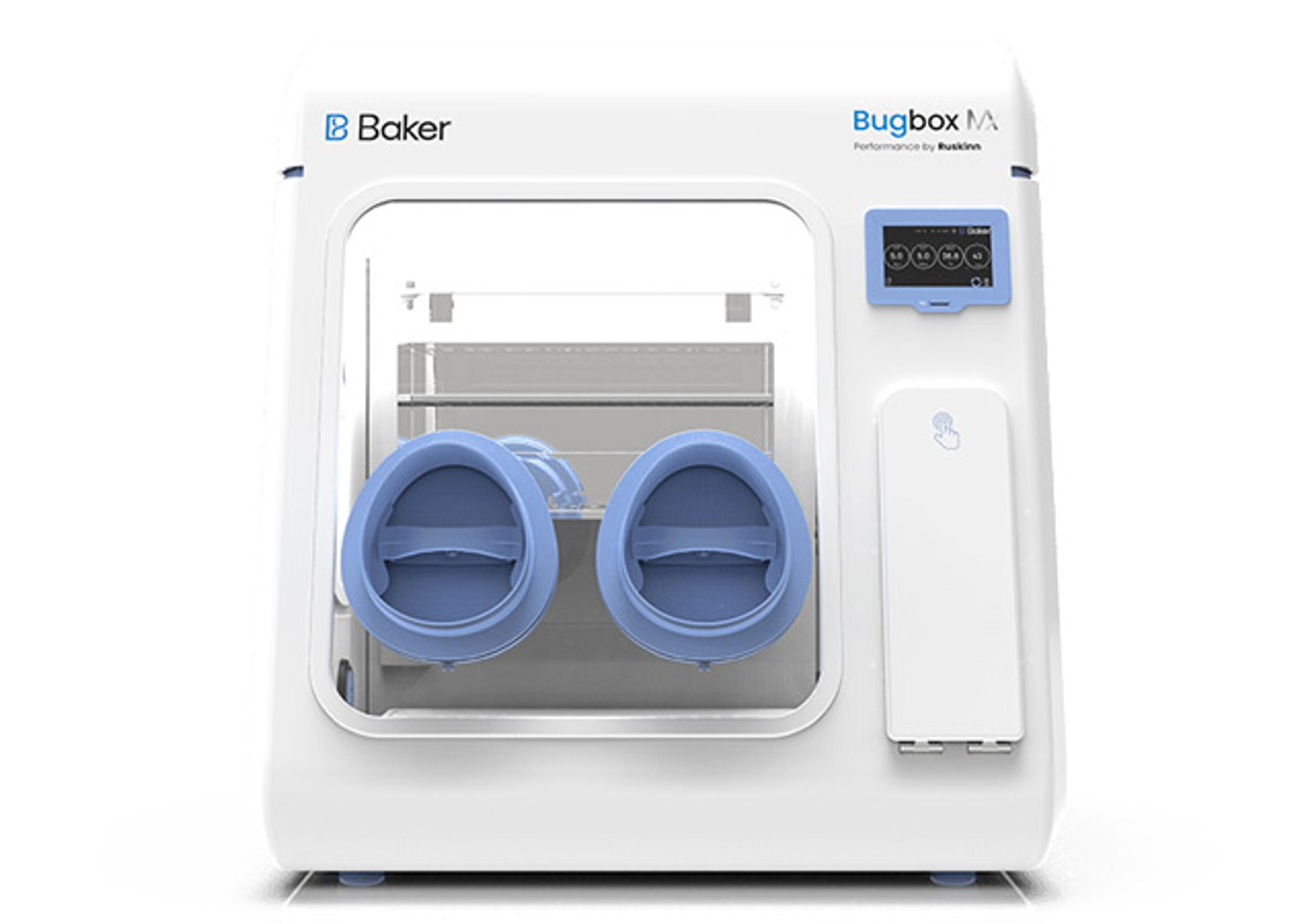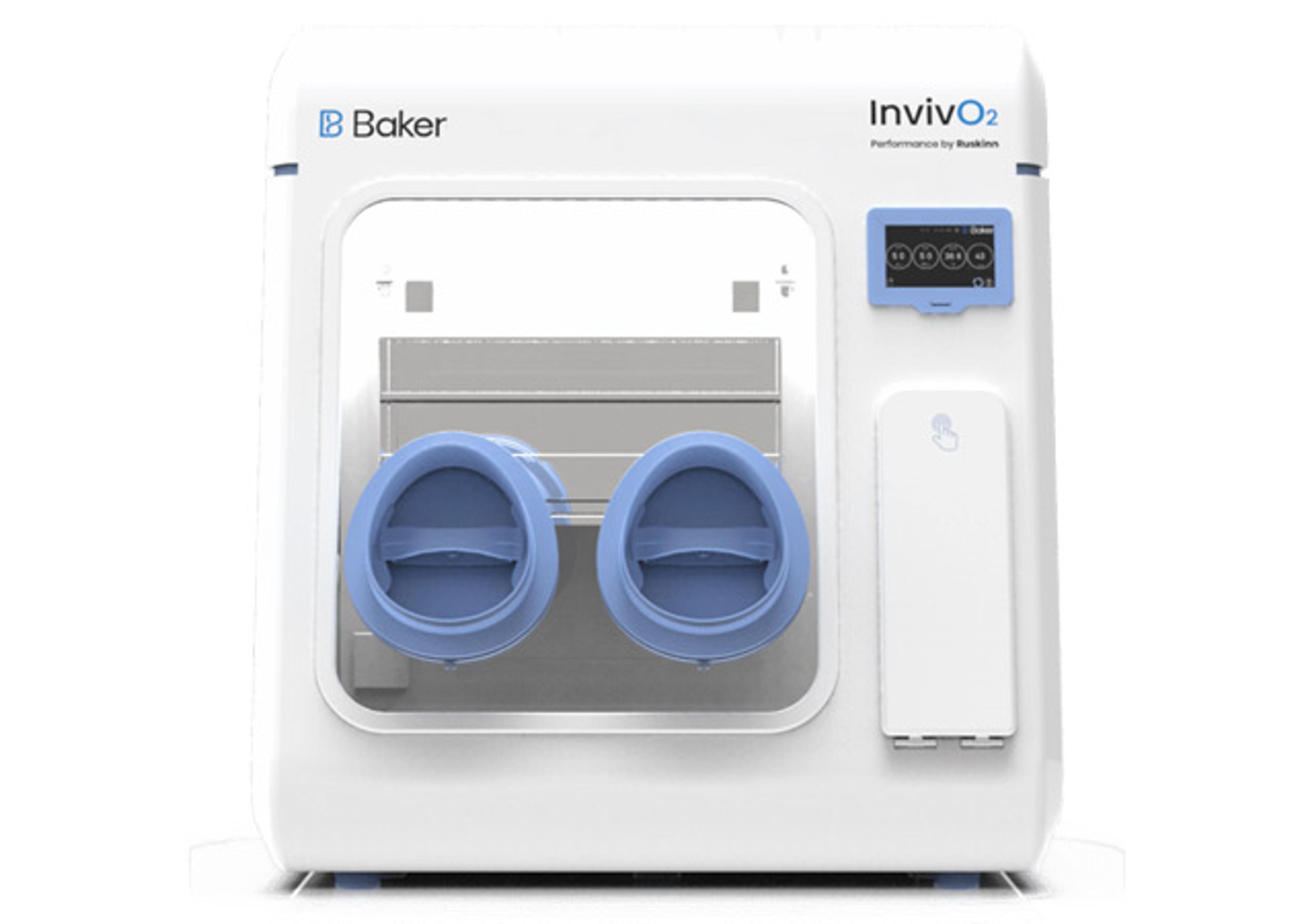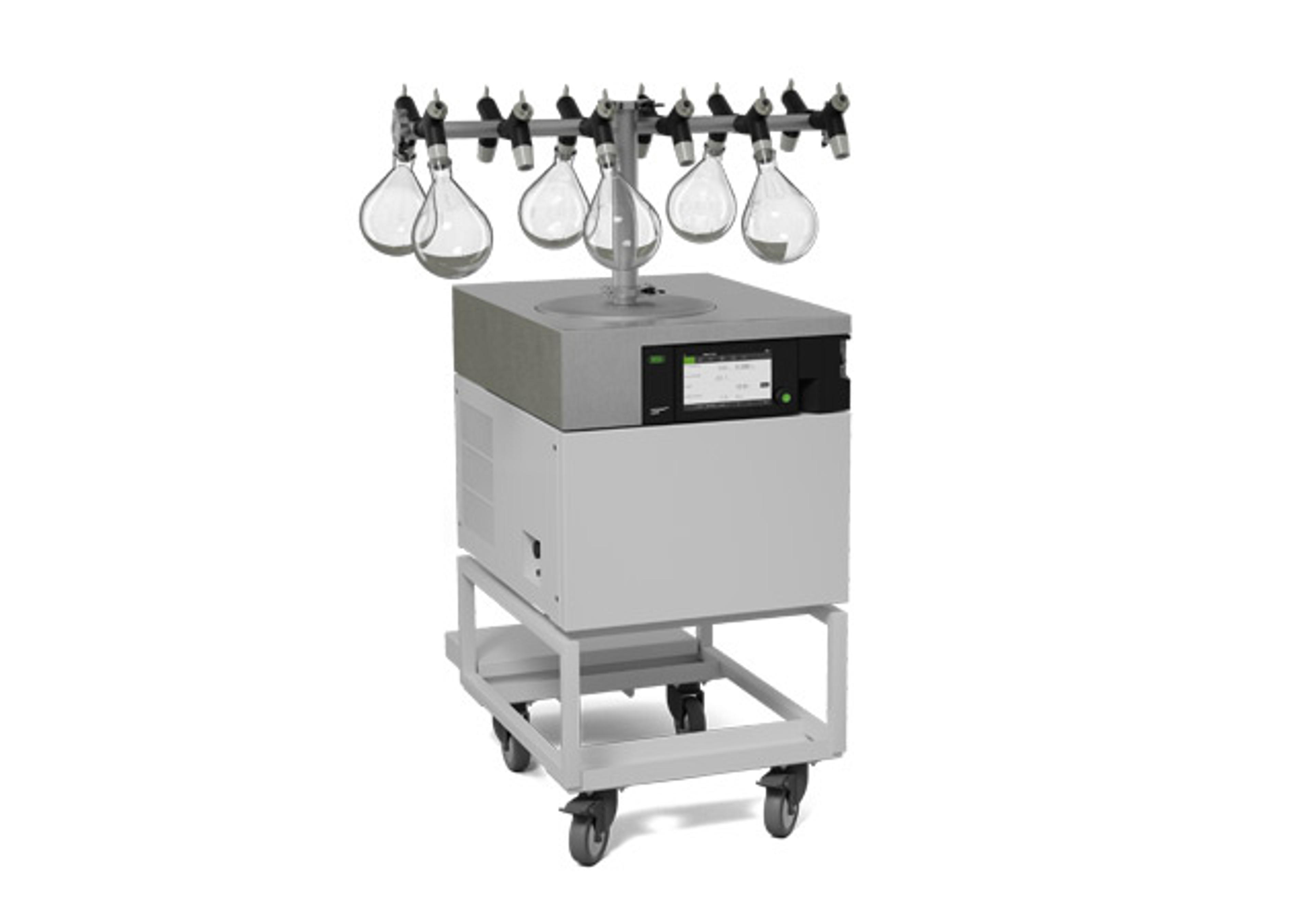Reduced graphene oxide
The structure of graphene oxide is similar to graphene containing residual oxygen, heteroatoms and structural defects. Reduced graphene oxide (rGO) can be extracted as thin film from an aqueous solution of graphite oxide (GO) slurry. Many modern procedures for the synthesis of GO are based on the Hummers method, in which graphite is oxidized by a solution of potassium permanganate in sulfuric acid. Reduction of GO using hydraz…

The supplier does not provide quotations for this product through SelectScience. You can search for similar products in our Product Directory.
Good value for money.
Thin film based energy material
Chemicals are of great quality with 97% purity. It is useful and valuable for money. It gives pure GO for lab use.
Review Date: 19 Jul 2021 | Merck
Reproducible. Great product.
Biosensors
This was very good quality graphene and has been very reproducible.
Review Date: 2 Feb 2021 | Merck
The structure of graphene oxide is similar to graphene containing residual oxygen, heteroatoms and structural defects. Reduced graphene oxide (rGO) can be extracted as thin film from an aqueous solution of graphite oxide (GO) slurry. Many modern procedures for the synthesis of GO are based on the Hummers method, in which graphite is oxidized by a solution of potassium permanganate in sulfuric acid. Reduction of GO using hydrazine has been reported. However, hydrazine is highly toxic and can potentially functionalize GO with nitrogen heteroatoms. Because of these issues, alternatives to hydrazine including NaBH4, ascorbic acid, and HI, among others have been used for the reduction of GO. GO can be reduced as a thin film or in an aqueous solution. Reduction methods have been recently reviewed.
Application
The spin-coated reduced graphene oxide (rGO) thin films have been used as annode buffer layer to fabricate bulk heterojunction org. solar cells. PEGylated rGO may be used as:
- Chemical sensors, biosensors
- As transparent electrodes in light-emitting diodes (LEDs) and ITOs
- In lithium-ion batteries.


